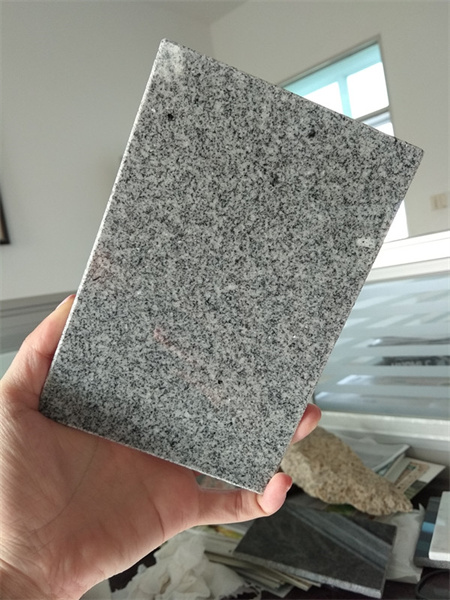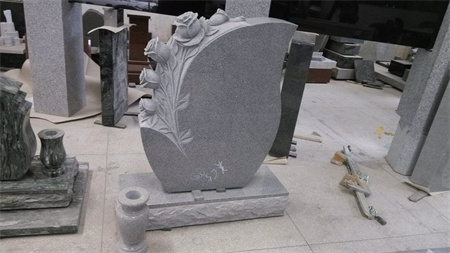The Role of Granite Plaques in Commemorative Memorials

Granite plaques have long held a significant place in the realm of commemorative memorials, blending both historical importance and artistic expression. These enduring stones, etched with names, dates, and meaningful inscriptions, serve as markers of remembrance and honor. Whether standing tall in a park, adorning the walls of a building, or nestled in quiet corners of cemeteries, granite plaques capture moments in time, preserving them for future generations. They are not just physical objects but profound symbols of memory, loss, and respect.
The appeal of granite in memorial design is rooted in its natural beauty and durability. This dense, strong stone has been a preferred material for centuries because it withstands the ravages of weather and time. Unlike many other materials, granite retains its integrity, refusing to fade or crumble under the harshest conditions. The permanence of granite conveys a sense of endurance, making it the ideal choice for memorials that are intended to last for decades, if not centuries.
Beyond its practicality, granite carries a certain gravitas. The stone’s texture, color, and weight create an air of solemnity that resonates deeply with visitors. Whether the plaque is mounted on a monument or incorporated into a simple garden bench, it conveys respect for the individual or event it memorializes. The subtle sheen of polished granite or the rustic charm of a rough-hewn surface can speak volumes about the personality or historical significance of what is being commemorated. A granite plaque, therefore, acts as both a tribute and a reminder, offering a silent yet powerful connection to the past.
The role of granite plaques goes beyond their aesthetic appeal or material strength. They act as anchors for memory, providing a physical space where people can reflect on lives lived, sacrifices made, and important events that shaped history. Memorials often commemorate individuals who played pivotal roles in their communities, nations, or the world at large. By etching their names and accomplishments in granite, society creates a tangible record of their legacy, ensuring that future generations will know their stories. These plaques, whether marking the birthplace of a famous figure or the site of a momentous battle, serve as powerful tools for preserving collective history.

Granite plaques also hold a special significance in the context of public memorials, particularly those dedicated to social justice, civil rights, and national tragedies. In these spaces, plaques often bear the names of those who fought for freedom or those whose lives were tragically lost in wars or natural disasters. By placing a granite plaque at a historical site or event, society acknowledges the struggles and sacrifices made by individuals and groups throughout history. The plaques serve as both a reminder of the past and a call to action for future generations to continue working toward justice, equality, and peace.
Despite their solemnity, granite plaques are not without their artistic potential. The customization of these plaques allows for creativity, as each one can be uniquely designed to reflect the spirit of the event or person being commemorated. Whether through intricate carvings, personalized fonts, or the incorporation of meaningful symbols, the design of a granite plaque can add layers of meaning to an already powerful tribute. In this way, granite plaques serve as both a historical document and a work of art, beautifully crafted to endure the test of time.
In conclusion, granite plaques play a crucial role in commemorating people, events, and histories that shape our collective memory. Their durability, solemnity, and beauty make them a fitting medium for honoring those who came before us. Whether on a grand scale or in more intimate settings, these plaques provide a space for reflection, remembrance, and respect. Through granite, we not only preserve the past but also ensure that the stories of those who have shaped our world will continue to be told for generations to come.

